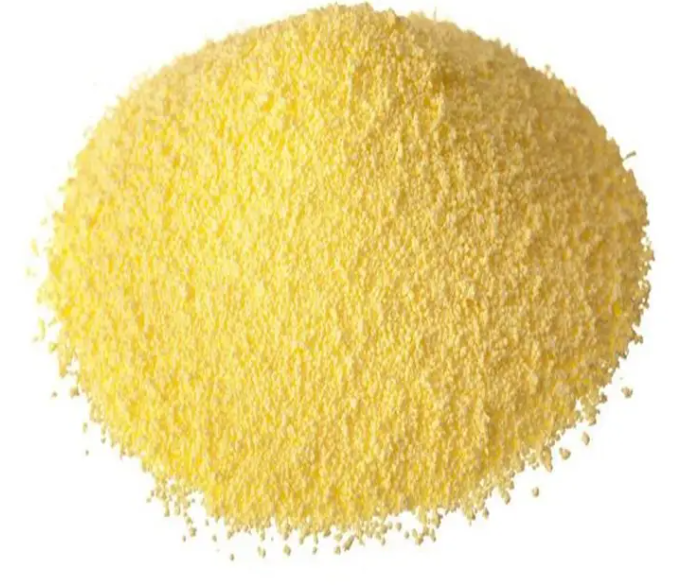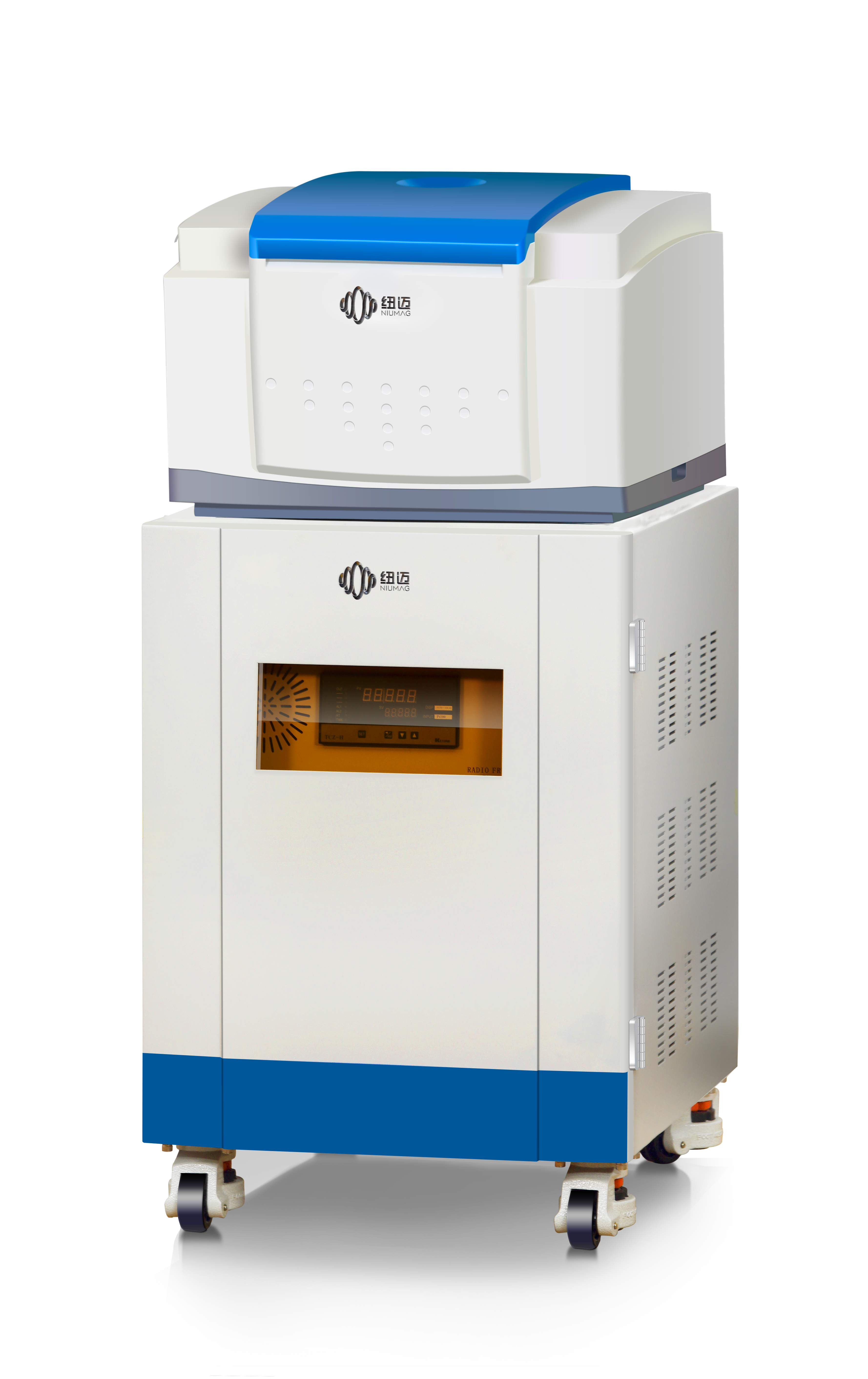Background introduction:
During the production of chemical powders (such as sulfur), a certain amount of oil is added according to product quality and characteristics to improve product performance and facilitate production and processing. The powder also contains moisture. The content of these liquids in the powder is an important parameter affecting the quality of the product. To ensure consistent product quality, accurate and fast measurements are required. The low-field NMR can quickly complete the oil and water content test, and the sample preparation process is very simple, which provides the possibility for quality inspection and quality control in the industrial production process.
Introduction of traditional test method for oil content test of sulfur powder:
The traditional method is to use the solvent extraction method to detect the oil content in the sulfur. The detection process of this method is complicated and time-consuming. It requires skilled personnel to operate, and the human error is large. In addition, the extract is a toxic reagent, which is harmful to the health and safety of operators. There are hazards and this method is increasingly difficult to accept in the industry.
Basic principle of sulfur powder oil content test by low-field NMR method:
Measurements were made using a spin echo sequence, the graph is the spin echo sequence versus the detected NMR signal. The free induction decay (FID) NMR signal was measured at t1 after the 90-degree RF pulse. At this time, the signal amplitude (A1) is proportional to the number of H protons in the two liquid phases (water and oil) of the sample. After the 180-degree pulse, the amplitude of the detected spin echo signal is A2. At this time, the signal of water has been attenuated to 0, and A2 is only the signal of oil. Therefore, the difference A1-A2 between the two signal amplitudes is proportional to the water content of the sample.
After calibration with samples with known moisture and oil content, unknown samples can be tested within 30-3 minutes. The testing process is fast and non-destructive, enabling industrial online process testing.
Furthermore, NMR methods are more reproducible than chemical methods, do not require chemical solvents, and can be performed by untrained personnel.
 NIUMAG
NIUMAG

